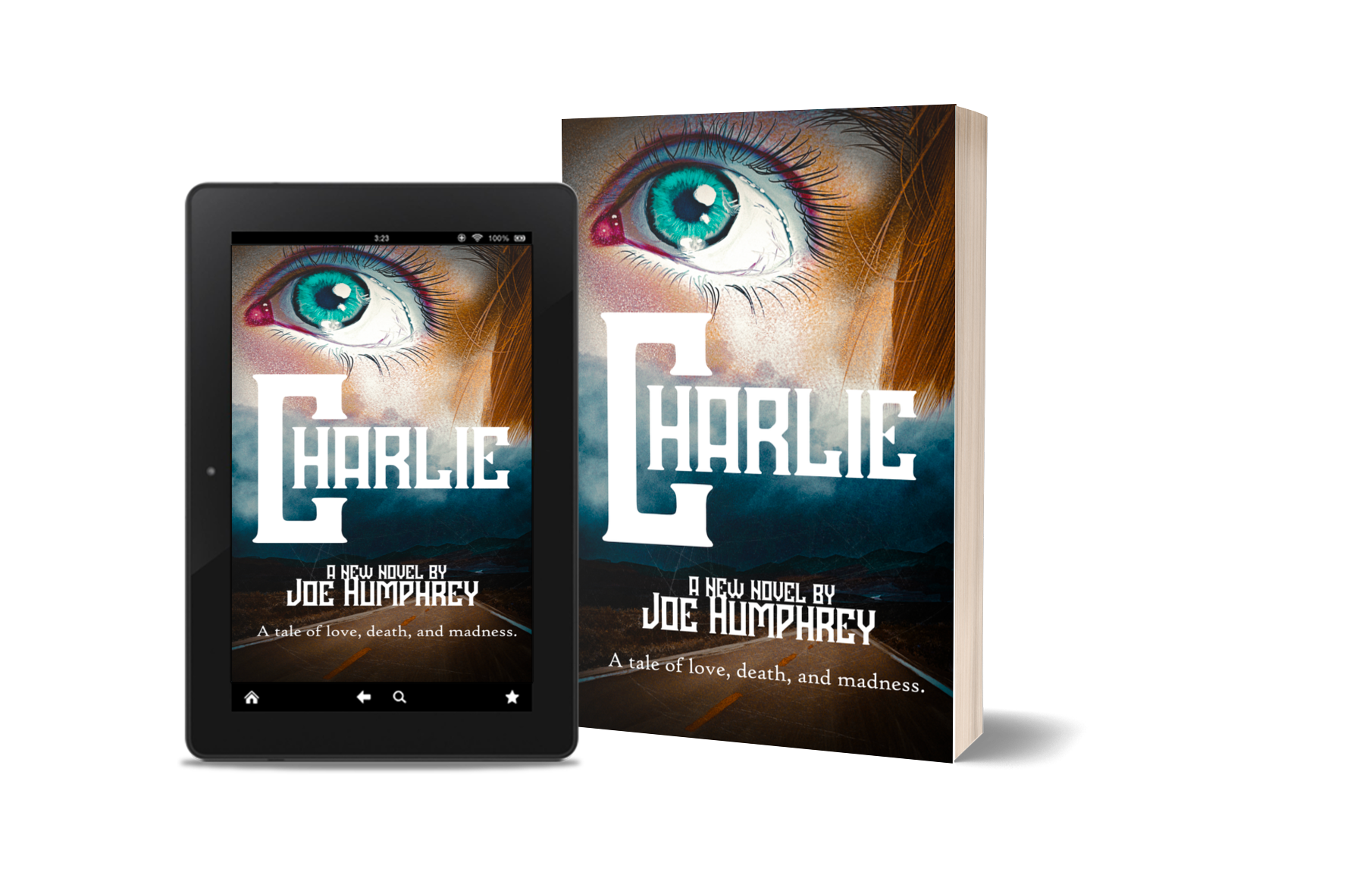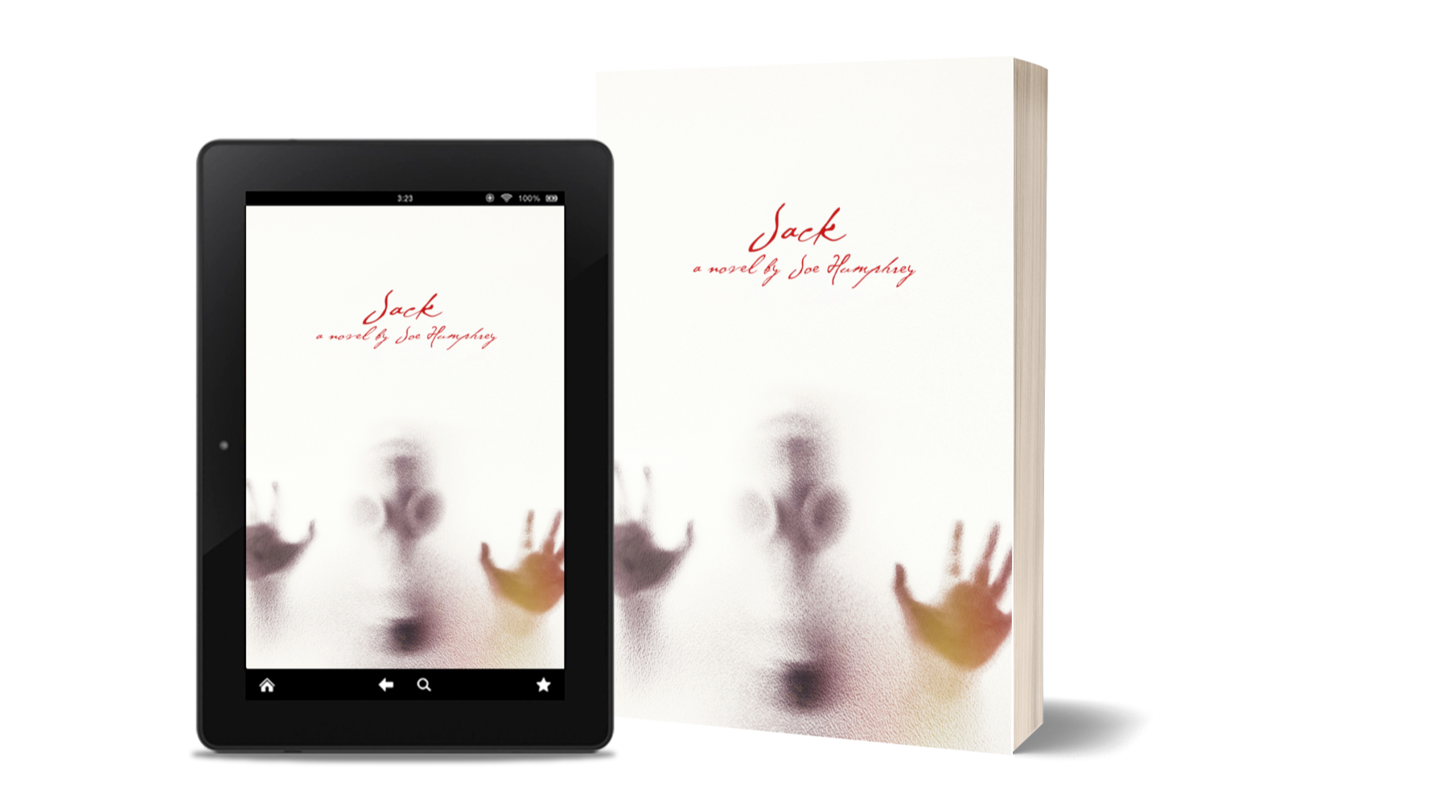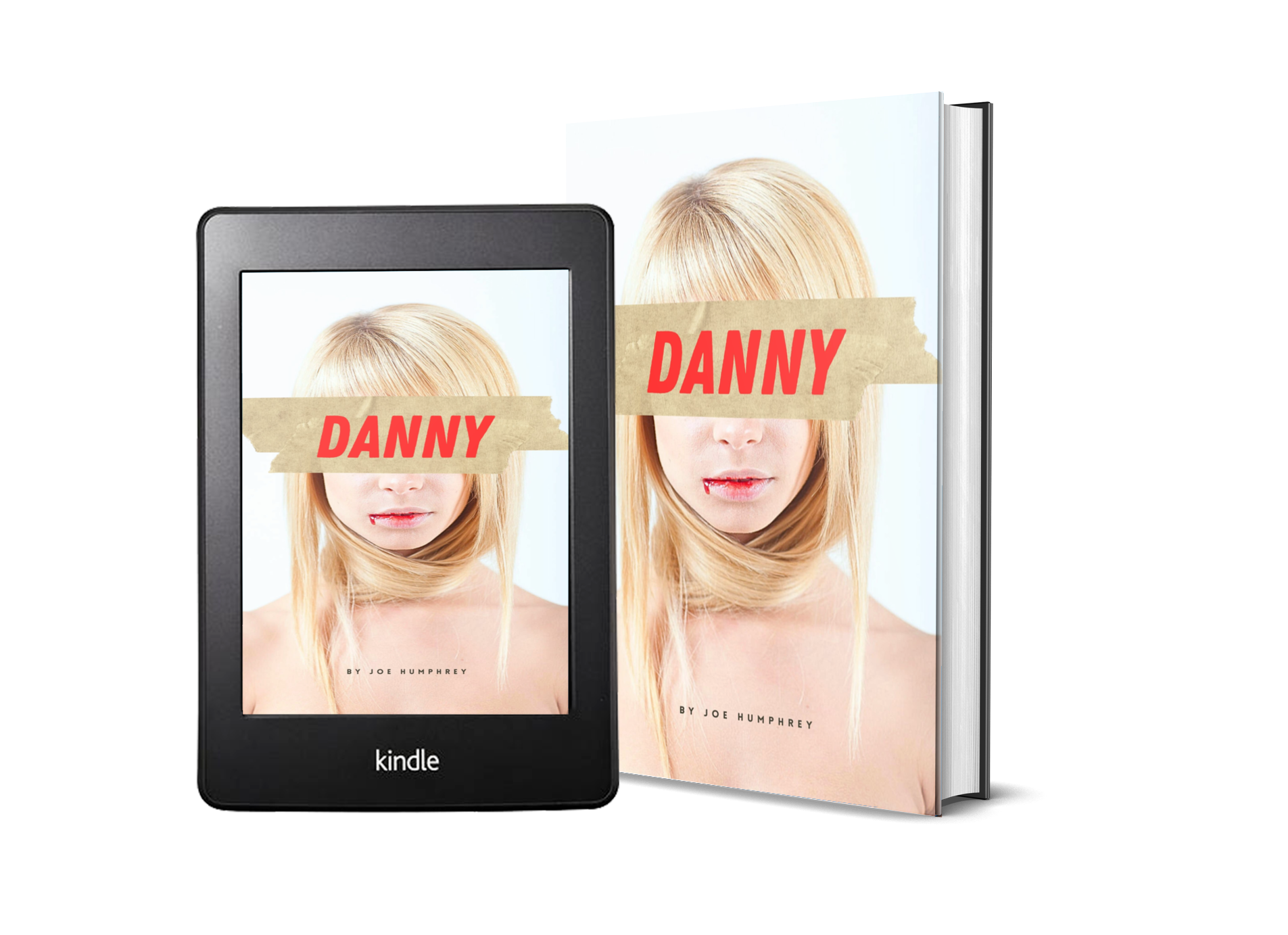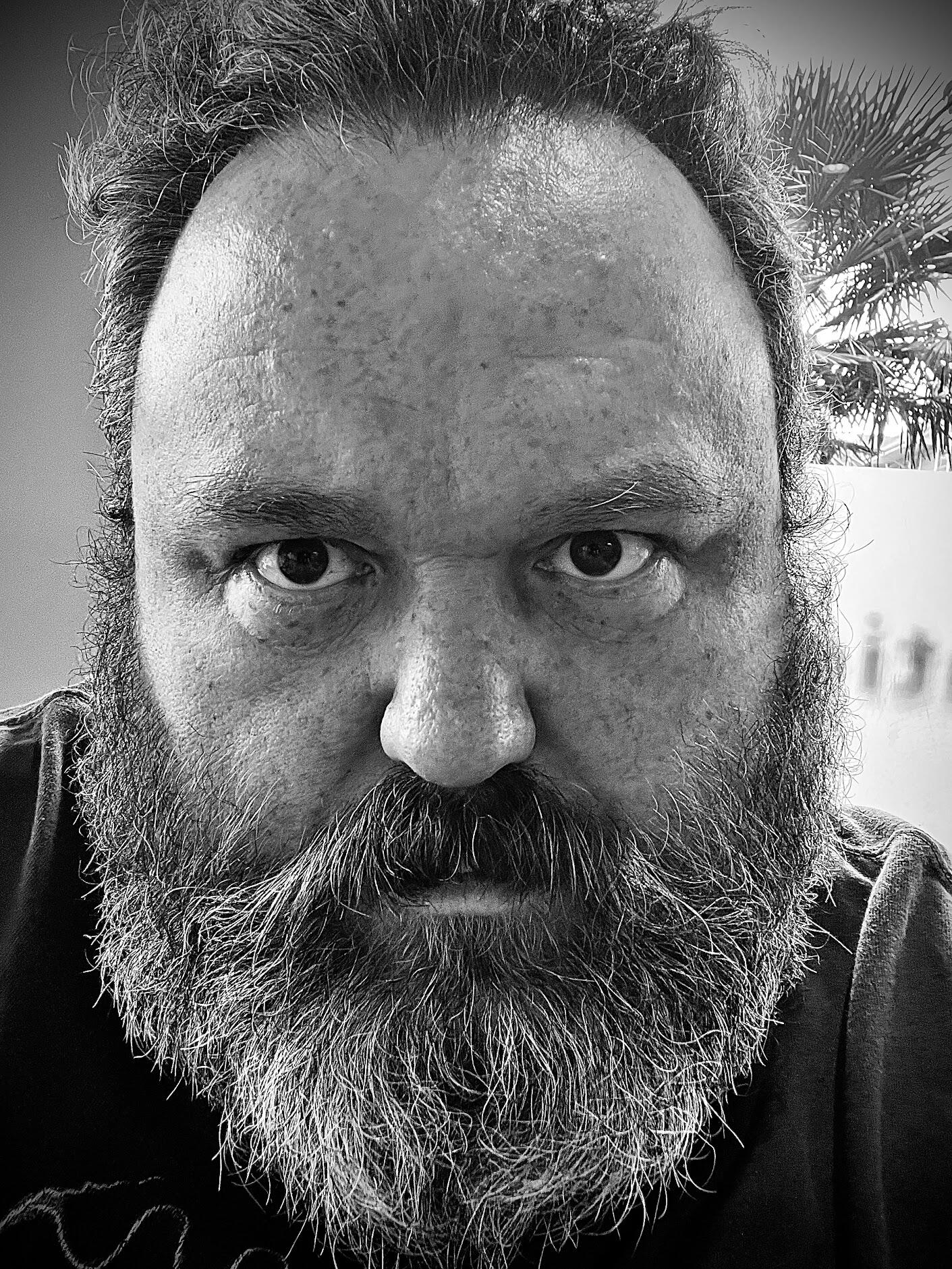BLOODLETTING
a vampire series by Joe Humphrey
HISTORY IS WRITTEN IN BLOOD
A vampire saga spanning centuries. Witness the predators who hide among us, in the shadows of Victorian alleys, dusty highways, and silver screens — watching the world change, while they remain the same.From the fog of 1880s London to the high desert of 1970s Arizona,
to the glamour of Old Hollywood, and Los Angeles of the 1990s.The Bloodletting Series follows the undying through the shifting tides of history as they navigate the politics and relationships of their world.
A FREE BOOK!
THE DEATH GAME
The Death Game is about two vampires living in Flagstaff, Arizona. Caroline and Charlie find increasingly creative ways to “kill” themselves, knowing that they will heal and recover. It keeps them entertained and allows them to explore some of the darker experiences of vampire life. It’s an exploration of codependency, mental illness, love, and the breakdown of a relationship.
For a free PDF of The Death Game, just subscribe to my mailing list! I promise I won't spam you!

BOOK ONE
CHARLIE
In the early 1970s, Charlie, a teenage runaway, and a vampire named Caroline meet, and the course of Charlie’s life is changed forever. Caroline wants a partner for eternity, and Charlie wants to escape to Los Angeles. We follow as their relationship blooms and decays into madness.
BOOK TWO
JACK
We follow Jack, an immortal serial killer, as he is imprisoned in Victorian London and taken to Los Angeles. We tag along when he’s released in the 1930s, and follow as he attempts to adjust to the “modern” world in America.


BOOK THREE
DANNY
Meet Danny, a former elementary school teacher coming to terms with life as a human servant to a couple of vampires. Follow as she navigates the complex, deadly, and often disturbing world of vampires. It’s a thankless job, but someone has to do it, especially if the reward is eternal life.Danny is book three in the Bloodletting series. It features characters from both books one and two, as well as new faces and an entirely new setting: Los Angeles in the late 1990s.
MORE INFORMATION
ABOUT JOE
Joe Humphrey is an American writer and artist living in Canada with his partner, Sandra.For more information, please visit joehumphrey.com
